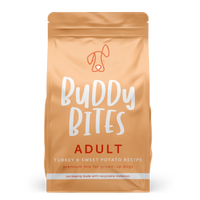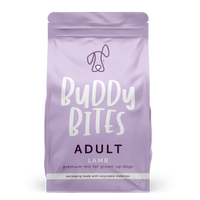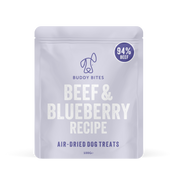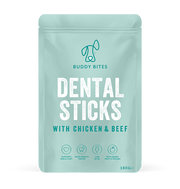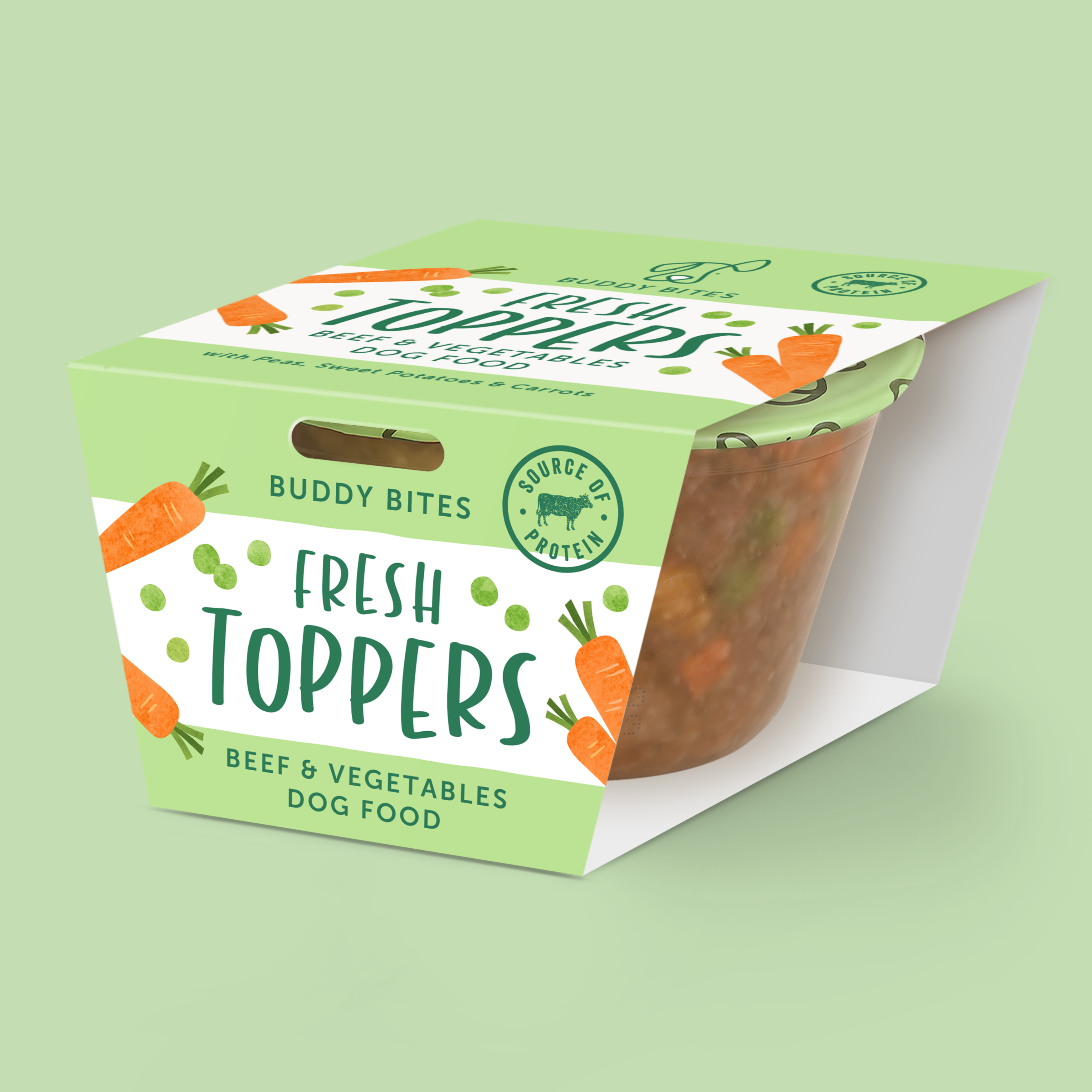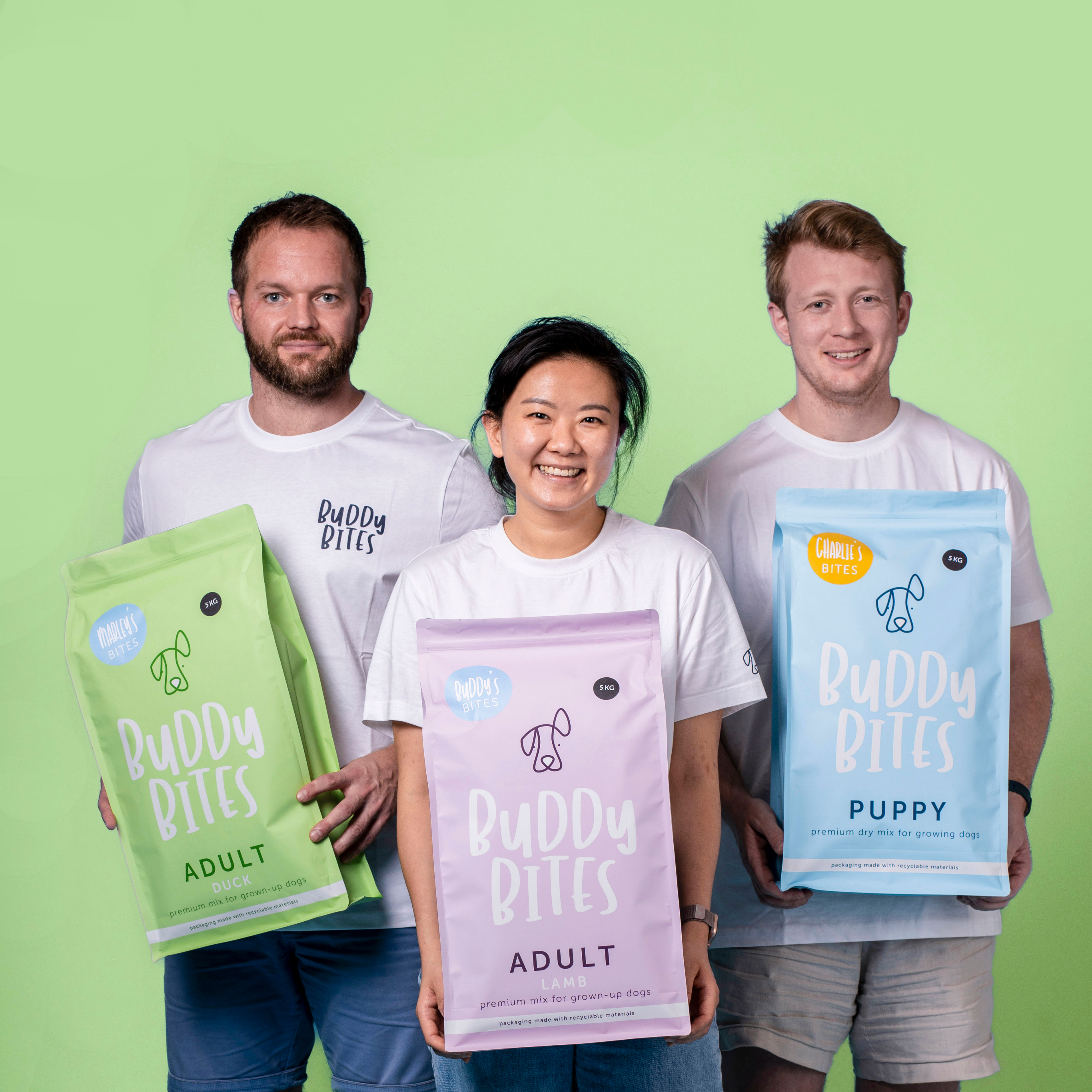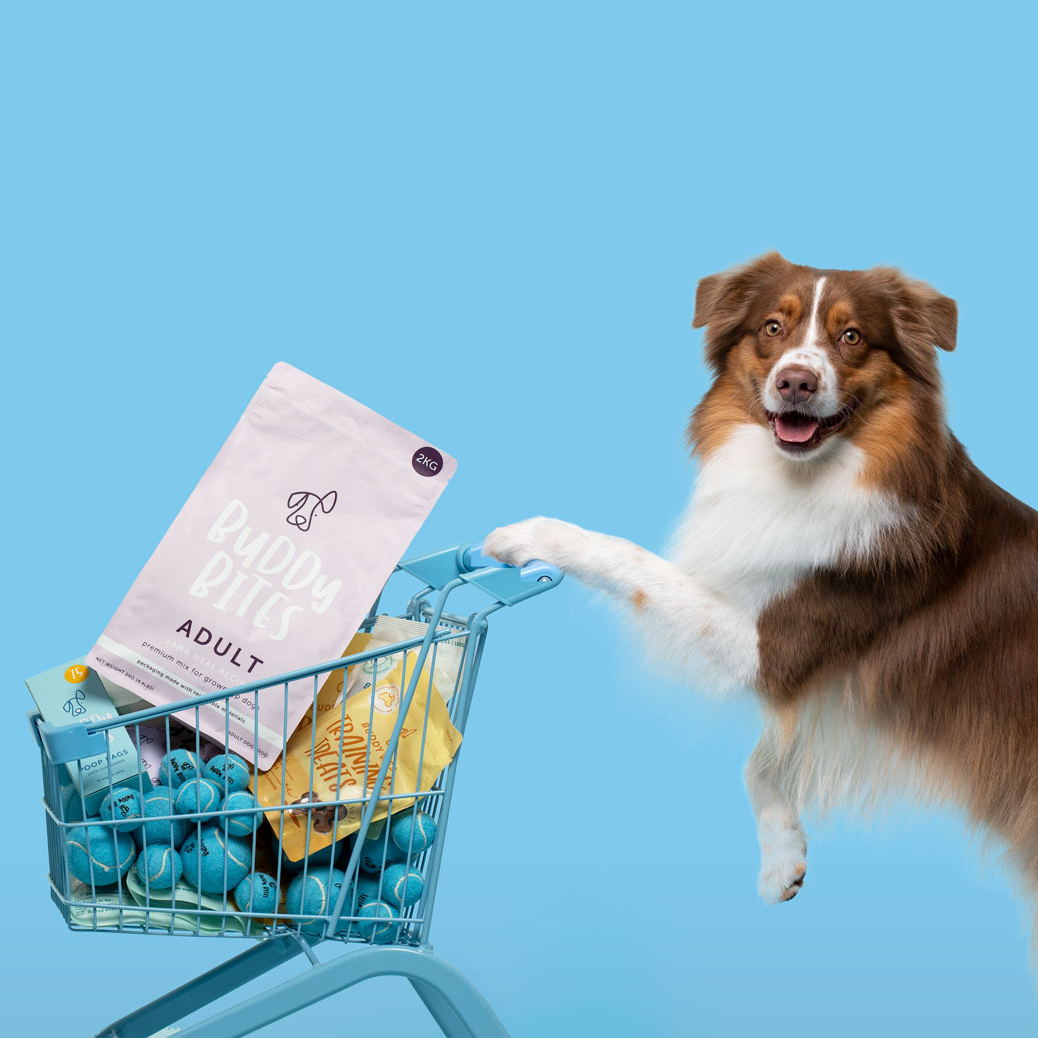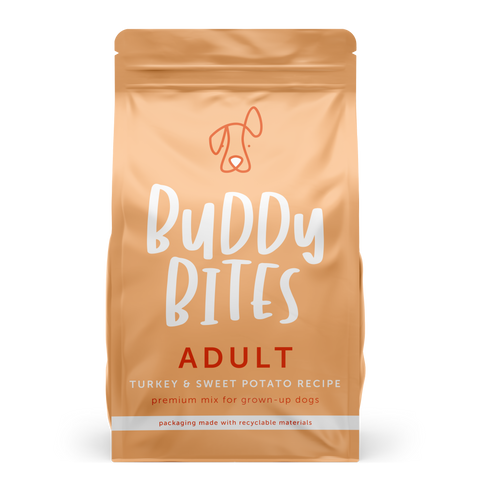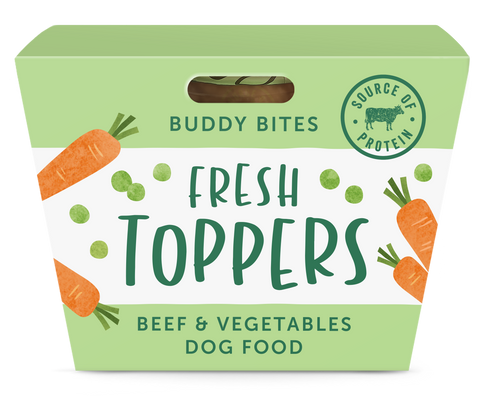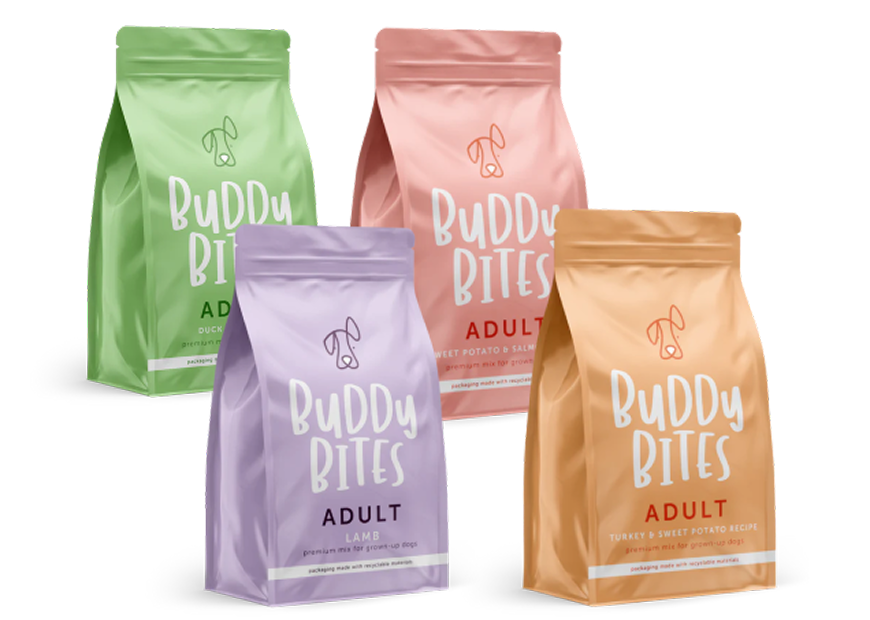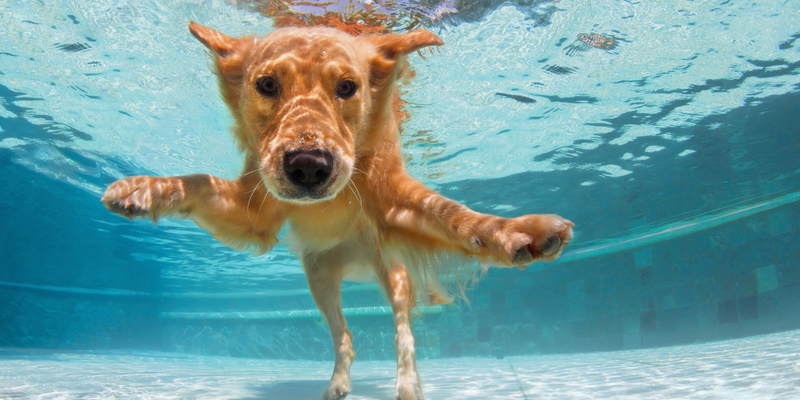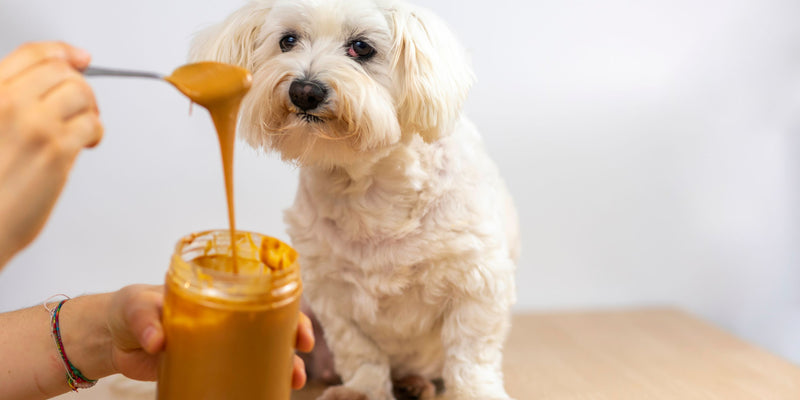Picking the right kind of training treats
July 02, 2023

When choosing dog training treats, it's important to consider several factors to ensure they are effective and suitable for your dog. Here are some key considerations:
- Size: Training treats should be small and bite-sized. This allows for quick consumption, so your dog can stay focused on the training session without getting too full or distracted. Smaller treats are also helpful for repetitive training exercises that involve frequent rewards.

- Taste and Texture: Dogs have individual preferences when it comes to taste and texture. Some dogs may prefer soft and chewy treats, while others may prefer crunchy ones. Consider your dog's preferences and choose treats that they find highly motivating and enjoyable. It's also a good idea to select treats with a strong aroma to grab your dog's attention during training sessions.
- Nutritional Value: While training treats are meant to be small and given in small quantities, it's still important to consider their nutritional value. Look for treats that are made with high-quality ingredients and are balanced in terms of proteins, fats, and carbohydrates. Avoid treats that are high in fillers, artificial additives, or excessive sugars. Remember, training treats should be seen as a supplement to your dog's regular diet, not a replacement for it.

- Allergies and Sensitivities: Take into account any known allergies or sensitivities your dog may have. If your dog has specific dietary restrictions or is sensitive to certain ingredients, choose treats that are specifically formulated to address those needs. Consulting with your veterinarian can help you identify any potential allergens to avoid.
- Easy to Carry and Store: Training treats should be convenient to carry and store. Opt for treats that come in resealable packaging or are individually wrapped. This way, you can easily bring them with you during training sessions or outings without worrying about them going stale or getting messy.

- Training Goals: Consider your specific training goals and the level of difficulty of the exercises. For basic commands or simple tasks, you can use smaller, lower-value treats. However, for more challenging or complex tasks, you may want to use higher-value treats that are more enticing and rewarding for your dog.
- Caloric Content: Keep in mind the caloric content of the treats, especially if you are conducting longer training sessions. If you're working on behaviour modification or conducting intense training sessions, you may need to adjust your dog's regular meals to account for the additional calories from treats.
Buddy Bites Training treats are the perfect size, taste and texture for your pup during training sessions. They are delicious, chicken-rich, bone-shaped treats. They are packed with prebiotics, to support intestinal health. With no added sugar, they are ideal for training (or spoiling!) dogs of all ages! (*training treats should not make up more than 10% of your dog's daily diet) Click here for more!
Remember, every dog is unique, so it may require some trial and error to find the right training treats that work best for your furry friend. Pay attention to their response, and if your dog becomes disinterested or loses motivation, it may be a sign to switch to a different treat option. Consider your dog's preferences, dietary needs, and any specific allergies or sensitivities they may have when selecting training treats. It's also important to use treats in moderation, accounting for their caloric content, and adjusting your dog's overall diet accordingly.
